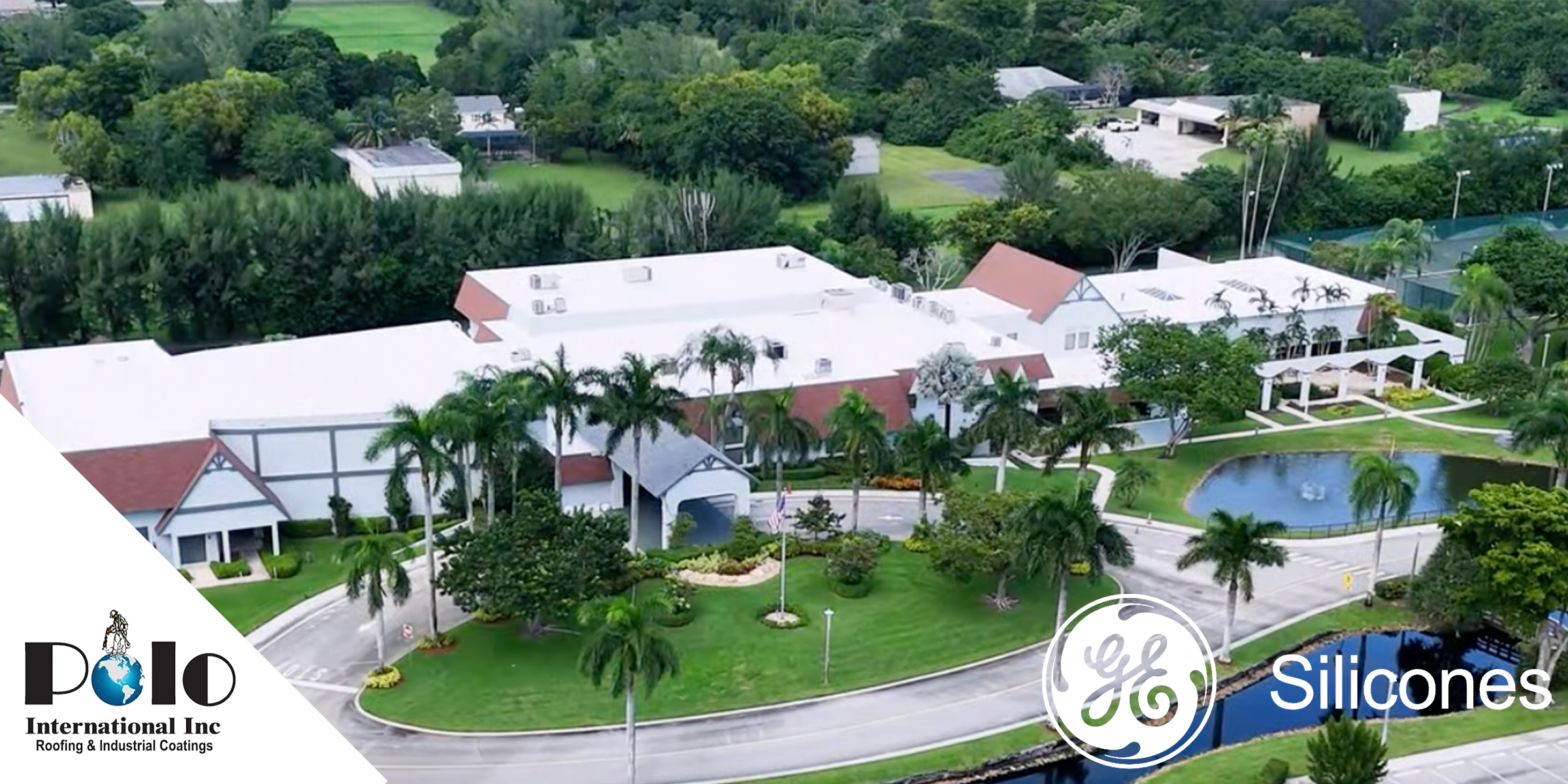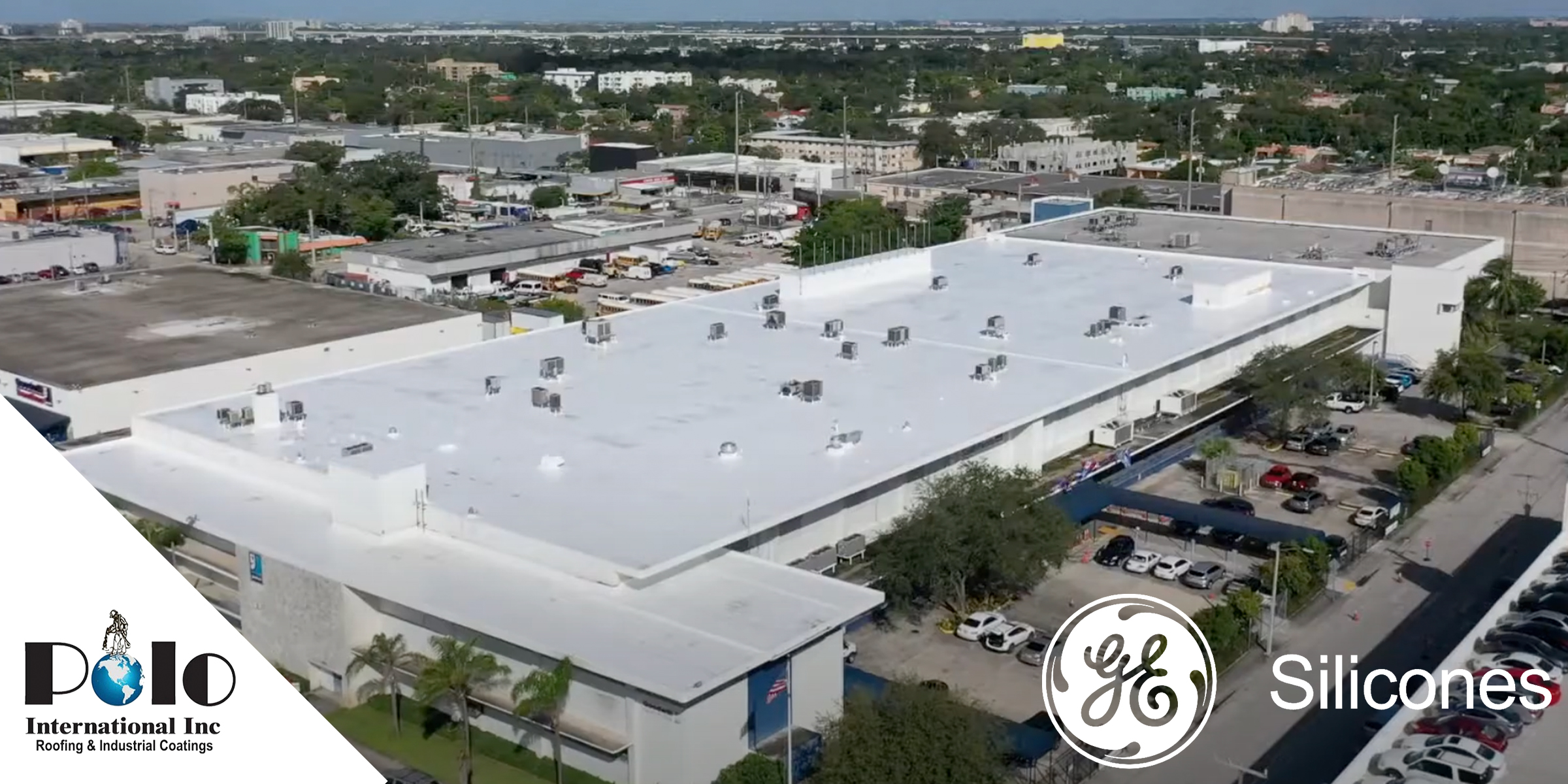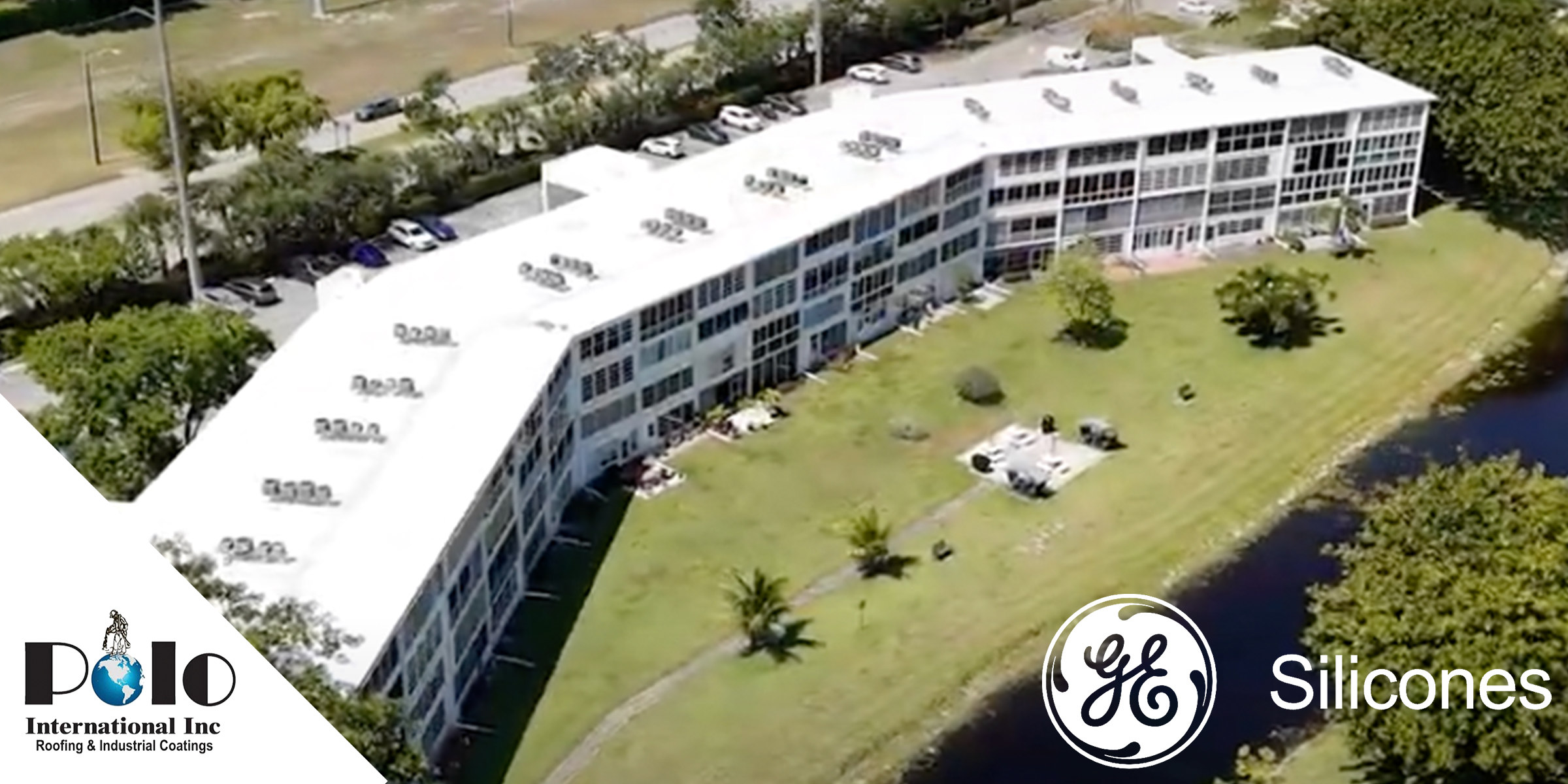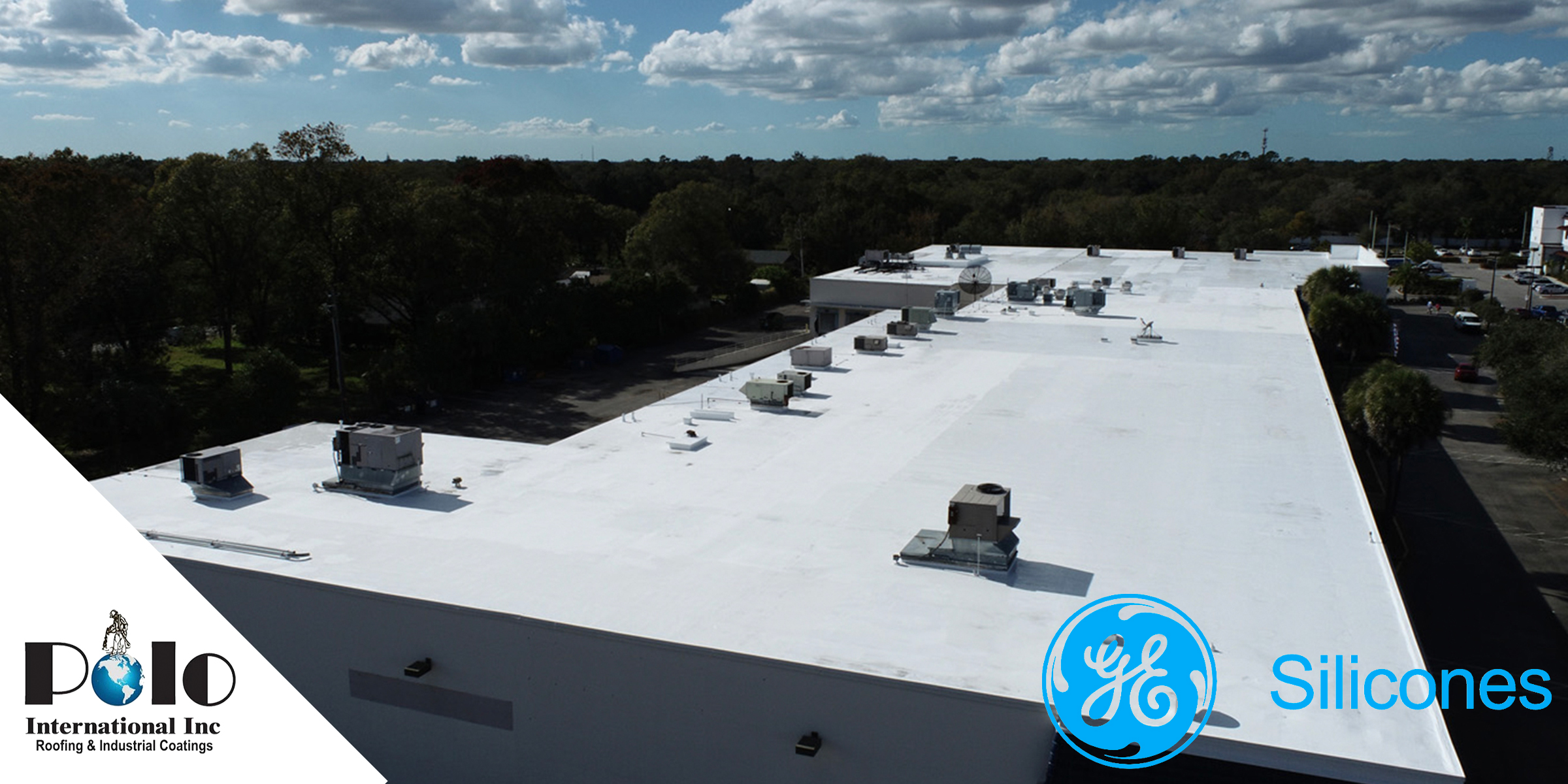
Spray Foam Roofing: A Cost-Efficient Green Roofing Option for Commercial Properties
Could reducing your commercial building’s energy costs be as simple as changing your roofing material? Spray Polyurethane Foam (SPF) roofing is a cost-efficient and durable solution designed for commercial buildings to lower energy expenses while extending roof longevity. This innovative roofing system is renowned for its exceptional insulation, seamless application, and minimal maintenance requirements, offering long-term savings for property owners and managers.
Beyond its financial benefits, SPF roofing contributes significantly to sustainability as a green roofing option. Its energy-efficient properties and low environmental impact during installation make it a practical choice for businesses striving to meet sustainability goals. By opting for SPF roofing, commercial property managers can improve energy performance, qualify for energy rebates, and reduce their ecological footprint. As more businesses align with environmental responsibility, SPF roofing balances cost savings with sustainability, presenting a win-win solution for modern property management challenges.
Why SPF Roofing is Cost-Efficient and Eco-Friendly
1. Streamlined Installation Process
SPF roofing’s application is quick and efficient. Unlike traditional systems that require multiple layers and materials, SPF is applied as a liquid that expands into a seamless foam layer. This reduces labor costs and minimizes installation time, helping property owners save on both materials and labor expenses.
2. Reduced Material and Structural Costs
SPF roofing uses fewer raw materials compared to alternatives like built-up roofing (BUR) or modified bitumen systems. Its lightweight nature eliminates the need for structural reinforcements often required by heavier traditional roofing systems. For older buildings, this reduces costs associated with structural modifications.
3. Overlay Capability
SPF can be applied directly over existing roof systems, avoiding the need for complete tear-offs. This feature reduces demolition, disposal costs, and environmental waste while cutting overall project expenses. Property managers benefit from lower upfront costs and less disruption to business operations.
4. Business Continuity During Installation
SPF roofing’s rapid installation minimizes downtime for commercial activities. Reduced interruptions help maintain productivity and revenue, indirectly saving businesses from the operational losses typically associated with extended roofing projects.
5. Long-Term Leak Protection
The seamless nature of SPF roofing provides excellent leak protection, reducing the frequency and cost of repairs. This durability ensures that maintenance expenses remain low over time, making SPF an ideal choice for budget-conscious property managers.
Long-Term Economic Benefits of SPF Roofing
1. Longevity and Reduced Maintenance
SPF roofing systems are designed for durability, resisting leaks, weather damage, and common roofing issues. With proper care, SPF roofs can last over 20 years, significantly reducing the need for repairs and replacements. This extended lifespan allows property managers to allocate funds elsewhere, enhancing overall business sustainability.
2. Energy Savings and Thermal Efficiency
SPF’s insulating properties reduce energy costs by minimizing heat transfer. Studies show that SPF can cut heating and cooling expenses by up to 30% in certain climates. Its reflective topcoat further reduces heat absorption, keeping buildings cooler in the summer and reducing HVAC system strain.
3. Incentives and Rebates
Many governments and local authorities offer tax incentives, rebates, and grants for energy-efficient building upgrades, including SPF roofing. These programs can significantly offset initial costs, increasing the economic appeal of SPF for commercial properties.
4. Weather Resilience and Insurance Savings
SPF roofing is highly resistant to extreme weather, including wind, rain, and hail. This resilience reduces the risk of damage and the frequency of insurance claims, potentially lowering insurance premiums. Insurance companies often reward properties with resilient roofing systems, adding financial benefits to SPF’s advantages.
5. Minimal Maintenance Requirements
SPF roofs require simple, routine inspections and cleaning to remain in optimal condition. When minor damage occurs, repairs are quick and cost-effective, involving additional foam and topcoat application. This ease of maintenance ensures ongoing cost efficiency.
Sustainability and Environmental Impact
SPF roofing supports sustainable building initiatives by reducing energy consumption and greenhouse gas emissions. Its ability to insulate effectively minimizes energy waste, aligning with green building goals. Additionally, the overlay application reduces material waste, and many SPF systems use renewable materials, further enhancing their environmental credentials. SPF’s adaptability to various roof shapes and sizes maximizes energy savings across a wide range of property types.
Trusted manufacturers like GE Silicone, Carlisle, HENRY Co, and Everest Systems meet these demands with advanced spray foam products expertly applied by Polo International.
Summary of Financial Benefits
SPF roofing offers unparalleled financial advantages through its reduced installation costs, energy efficiency, durability, and minimal maintenance requirements. These benefits, combined with tax incentives and insurance savings, make SPF an economical choice for commercial property owners. Furthermore, its seamless application and weather resilience enhance property value while reducing operational overheads.




